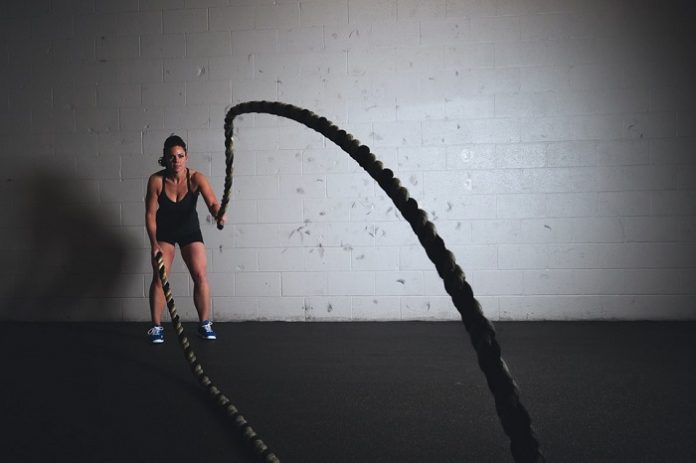The number of people running has declined over the last few years around the world, but Asia is one of the few places where the number of participants is going up. Running is great for all-round fitness, but runners can up their game to stay ahead of the pack by incorporating CrossFit into their training. CrossFit exercises can improve fitness, strength and stamina in ways that solely running can’t, helping to improve your performance and reduce the risk of injury.
Why solely running can be problematic
Running largely focuses on the legs and cardiovascular system, and is a linear and repetitive movement. This can lead to the rest of the body not getting exercised to the same level as the legs, and can lead to an imbalance, which can then lead to injury. Solely running also has a higher chance of resulting in a plateau, which means as a runner you would need to run further or faster to maintain your current fitness level. This is why it’s important to incorporate other exercises, and CrossFit is an ideal way to do this.
CrossFit perfectly complements running
CrossFit exercises use your entire body by combining strength training, power lifting and gymnastic training, and improving your cardiovascular fitness, whereas running primarily uses only certain muscles and improves your fitness. Strengthening and training muscles in your legs that aren’t primarily used for running can still help to improve your running performance. CrossFit training benefits both the fast-twitch muscles, which are used for sprinting, and the slow-twitch muscles, used for long distances, so offers something for all types of runners. CrossFit will also help you to lose body fat and avoid plateaus, both of which can help to improve your speed and endurance, as well as maintain correct form when running, helping you to avoid injury.
Tips for runners starting CrossFit training
There are several ways to get started with CrossFit. You can buy some of the basic equipment you’ll need, including clothing and equipment, and workout at home, sign up to a class, or go all out and join a dedicated CrossFit gym. Start by learning and mastering basic exercises so that you can avoid injury, and then move onto regular exercises or classes where you can get more involved. You may be able to find gyms or online videos that focus on things like endurance that can help you to reach a specific running goal, so it’s worth looking into these. If you’re training for a race, then it’s a good idea to delay getting into CrossFit until afterwards, as you’ll be working muscles that you don’t usually use, which will cause aches and soreness. Ultimately, be sure to listen to your body.
Doing any exercise alongside running can help to reduce injuries, improve performance, and avoid plateaus, but CrossFit offers an all-round workout, which is why it comes top of the list. Getting into CrossFit is easy, but should be timed to fit in with your current running regime to avoid sore muscles at peak training times.


